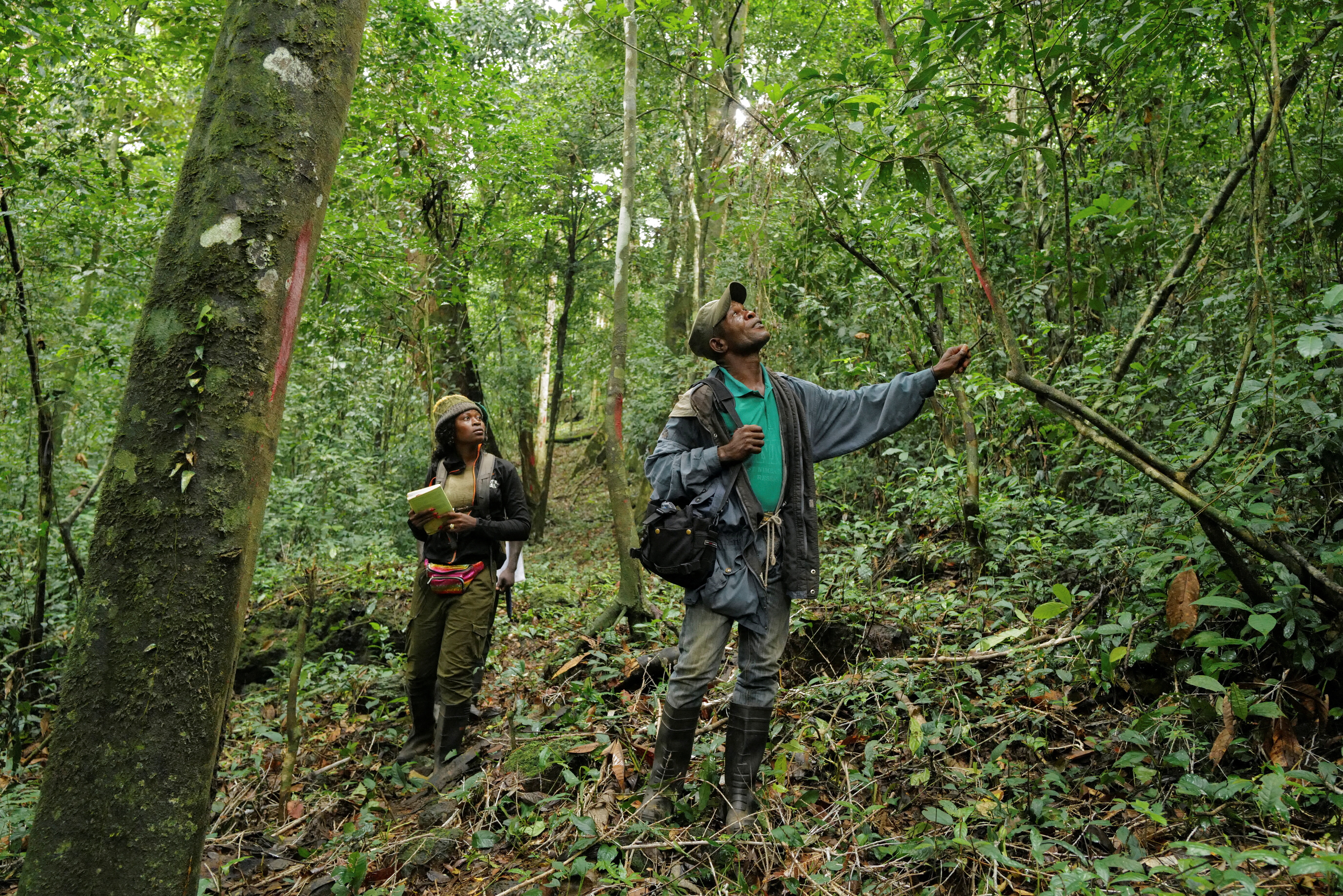Demography, unemployment, and automation: Challenges in creating jobs until 2030

Image: REUTERS/Issei Kato
David E. Bloom
Clarence James Gamble Professor of Economics and Demography, Harvard School of Public HealthFuture global employment needs are of central importance for policymakers. This column estimates that, based on growth in the working-age population, labour force participation rates, and unemployment, about three quarters of a billion jobs will need to be created in 2010–2030. It also discusses how automation will add to the number of jobs required.
Pollsters frequently find unemployment to be one of the public’s top concerns (e.g. Gallup 2014). Thus, future global employment needs are of central importance for policymakers. We estimate the global job creation needs in 2010–2030 that arise due to demographic changes, changes in labour force participation, progress in automation, and efforts to keep unemployment in check.
The task ahead is daunting. The United Nations (2017) projects a world population of more than 8.5 billion in the year 2030. To accommodate the associated 21% increase in the world’s working-age population, increasing labour force participation (particularly among women as fertility declines), and desirable reductions in youth and adult unemployment to 8% and 4% or less, global labour markets will need to create 734 million jobs in 2010–2030.
The number of jobs is not the only important consideration. The quality of those jobs is also critical, as the inclusion of Goal 8 – to “Promote sustained, inclusive and sustainable economic growth, full and productive employment and decent work for all” – in the United Nations’ 2015 Sustainable Development Goals illustrates. But the developing world, where most of the new jobs will need to be created, lacks a strong tradition of “decent work”, amplifying the scope of the task ahead to an historically unprecedented level.
Another issue complicating the job creation challenge is recent rapid progress in terms of automation. Even jobs once thought to be safe from automation now risk being automated over the next two decades (e.g. Arntz et al. 2017, Frey and Osborne 2017).
Demographic shifts and labour force participation
Changes in the population and in labour force participation rates as well as attempts to curb unemployment affect the required number of jobs to be created over time. Tables 1 and 2 taken from Bloom et al. (2018) show the projected global changes in labour force participation and unemployment rates (Table 1) and in population size, labour force, and employment needs (Table 2) by age, gender, and region. Continuing population growth, shifts in the population’s age and gender composition, changing labour force participation rates, and attainment of specific youth and adult unemployment rate targets (4% and 8%, respectively) requires the creation of about 734 million jobs globally in 2010–2030. This is almost the same number of jobs that were created in 1990–2010. Growth rates in the working-age population of 40% in 1990–2010 (1.3 billion people) and 21 percent (940 million people) in 2010–2030 account for a large part of this number. However, although the population growth rate slows by about half in the later period, the labour force growth rate only drops to about 72% of its value in 1990-2010.
Table 1 Summary statistics of labour force participation rates and unemployment rates by age, sex, and region (percent)

Table 2 Estimated changes in population, labour force, and employment in 1990–2010 and 2010–2030, by age, sex, and region (millions)

Changes in the working-age population’s age composition partially explain this discrepancy. In 1990–2010, a larger proportion of entries into the working-age population were in the youth group (15–24 year olds) than in the period 2010–2030, representing a drop of 17% to 7%. The shift in working-age population growth between the youth and adult working ages can have powerful effects on employment growth (Bloom et al. 2003). This is because the younger working group tends to have lower labour force participation rates and because youth unemployment rates tend to be higher than they are among adults.
Looking at population changes by region also provides important insights. Of the six regions included, all but one are expected to experience lower population growth rates in 2010–2030 as compared with 1990–2010. The exception is sub-Saharan Africa, where the 76% growth rate in 1990–2010 is expected to increase to 79% in 2010–2030. On the other end of the population growth spectrum is East Asia and the Pacific, where growth in 2010–2030 is only expected to be 4%, compared with the 37 percent experienced in 1990–2010. The following differences explain where these regions are along their population growth trajectories: East Asia and the Pacific has already gone through most of its population boom, which means its job creation challenge is mainly over. Sub-Saharan Africa, however, is still growing at a fast rate and is in the middle of a population boom, which means its largest job creation challenge remains ahead.
In 1990–2010, overall labour force participation fell by about 2.7%, mostly among youths. The International Labour Organization (ILO) projects that this rate will remain somewhat flat in 2010–2030. As a result, overall labour force participation rates have little impact on the need for job creation. What does have an impact are shifts in the population’s age structure away from age groups with a low labour force participation rate to age groups with a high labour force participation rate.
Desirable changes in unemployment rates are another important aspect that determines the overall job creation needs. In 2010, the overall global unemployment rate was about 6.1%, splitting out to 12.9% for youths and 4.6% for adults. In 2010–2030, we assume that target unemployment rates are no more than 8% for youths and no more than 4% for adults.
Combining the demographic drivers of job creation needs and holding unemployment rates constant at their 2010 levels result in a global need for 659 million jobs, or about 23% employment growth in 2010–2030. Driving unemployment down to the desired levels will require an additional 75 million jobs.
Examining employment trends by gender reveals dichotomies between men and women. Generally speaking, women have much lower labour force participation rates than men; for example, in 2010, women’s participation rate was 55.3% compared with 81.4% for men. As fertility rates decline, overall population growth declines, but female labour force participation tends to rise. In 2010–2030, the global total fertility rate is projected to decrease by approximately 0.25 births, resulting in a projected 3.6 percent increase in female labour force participation. This represents a significant increase in the number of women seeking employment due solely to changes in fertility.
Effects of automation
Rapidly increasing automation and digitalisation represent another significant challenge to job creation (e.g. Acemoglu and Restrepo 2017). Examples of automation are evident in the automobile and mining industries and even in creating highly customised products such as hearing aids and implants (Abeliansky et al. 2015). The expected progress toward self-driving cars and trucks presents a threat to the jobs of taxi drivers and truck drivers, which account for many jobs in countries such as the US.
While estimates of the technological possibility to substitute workers vary from 9% to 47% of the total number of jobs (Arntz et al. 2017, Frey and Osborne 2017), the decision to replace human workers with automated devices actually comes down to an economic decision and is not so clear-cut. Replacing a cheap worker with an expensive robot may just not pay off in many situations.
To account for the fact that robots are costly and must be produced before they can substitute for workers, we extrapolate to 2030 the projected growth rates in the operative stock of industrial robots as suggested by the International Federation of Robotics (2018). In addition, we assume that one robot substitutes for around six manufacturing workers as found by Acemoglu and Restrepo (2017). Combining these numbers results in the projected substitution of about 60 million workers with industrial robots by 2030, raising our projected job creation needs accordingly.
Decent work
As mentioned previously, sub-Saharan Africa faces an especially daunting task in creating jobs due to its still-growing population, as does South Asia. In fact, these two regions represent about half of the global job creation needs. What makes the challenge even harder for these regions is the need to create decent jobs.
In 1999, ILO Director General Juan Somavia described decent work as “opportunities for women and men to obtain decent and productive work in conditions of freedom, equity, security and human dignity” (ILO 1999). The ILO Declaration on Fundamental Principles and Rights at Work (ILO 1998) further defines decent work, which includes
providing freedom of association and effectively recognizing the right to collective bargaining; eliminating all forced or compulsory labour; abolishing child labour; and eliminating discrimination in respect of employment and occupation.
While a good start, these do not capture all aspects of decent employment. Other aspects include the employment-to-population ratio, the proportion of employed people living in poverty, and more. Another potential indicator of decent work is total public social expenditure as a percentage of gross domestic product.
A formal decent work index is unavailable, but the United Nations Development Programme’s human development group and the World Bank’s country income groups are useful proxies. Generally these indicate that low- and low-middle income countries have less entrenched traditions of decent work, while simultaneously facing the steepest job creation hurdles (see Table 3).
Table 3 Estimated changes in population, labour force, and employment in 1990–2010 and 2010–2030, by stage of development (millions)

Conclusion
Based on growth in the working-age population, labour force participation rates, and unemployment, about three quarters of a billion jobs will need to be created in 2010–2030. The challenges of technological progress as represented by automation further raise the number of jobs required. A large proportion of the jobs that are needed will have to be created in low- to low-middle-income countries, which often lack a strong tradition of decent work, compounding the job creation challenge.
Don't miss any update on this topic
Create a free account and access your personalized content collection with our latest publications and analyses.
License and Republishing
World Economic Forum articles may be republished in accordance with the Creative Commons Attribution-NonCommercial-NoDerivatives 4.0 International Public License, and in accordance with our Terms of Use.
The views expressed in this article are those of the author alone and not the World Economic Forum.
Stay up to date:
Economic Growth
Forum Stories newsletter
Bringing you weekly curated insights and analysis on the global issues that matter.
More on Economic GrowthSee all
Abraham Baffoe
November 18, 2025







